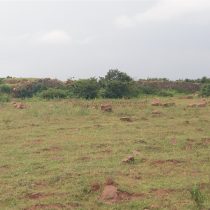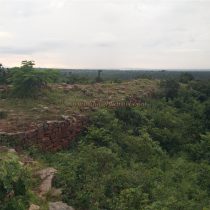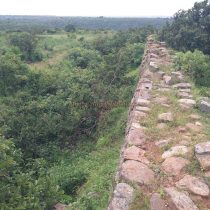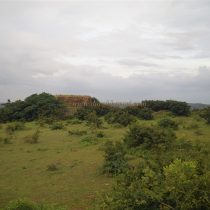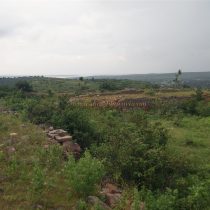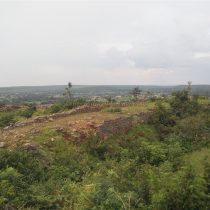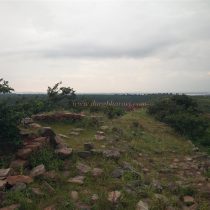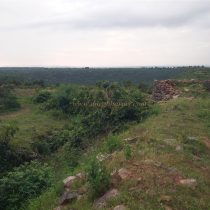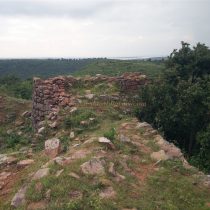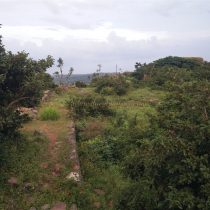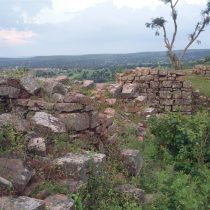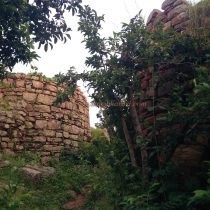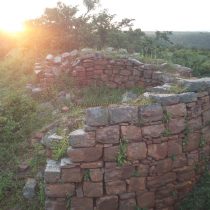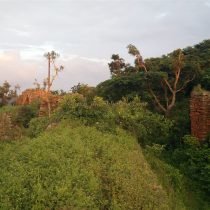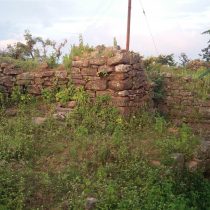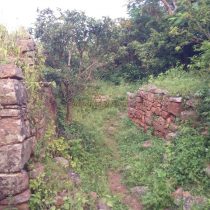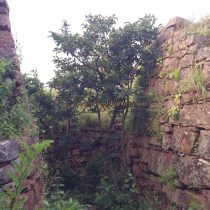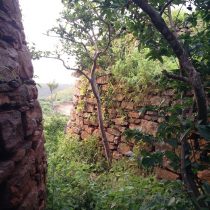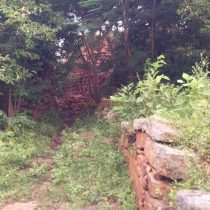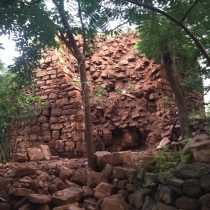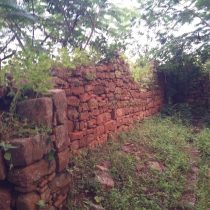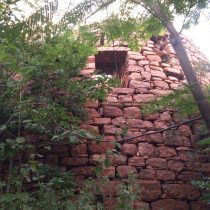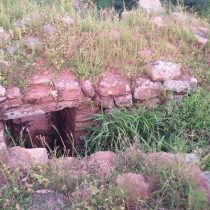CHIKKALANDINI
TYPE : HILL FORT
DISTRICT : BELGAON
HEIGHT : 2570 FEET
GRADE : EASY
The forts which are not paid attention to does not only exist in Maharashtra but also outside the boundaries of Maharashtra. During Shivaji Maharaj’s period, Bealgaon district was included in Maharashtra but later on, during the linguistic division of it was included under Karnataka. As these forts in Belgaon district were once a part of Swarajya, I consider these forts to be in Maharashtra and I am referring to them as forts in Maharashtra. While roaming around Belgaon district, I was able to visit more than 35 forts here. I have tried to give the information about all these forts on the website Durgabharari. With proper planning of time and route, it is easy to see 5-6 forts a day by private vehicle. Most of the forts in Belgaon district are of the ground fort or fortress type and with a few exceptions.
...
There are very few high forts in this district. The hill forts are situated on a small hill or hummock. The Chikkalandini fort, which is difficult to pronounce but easy to climb is also built on the edge of a small hill. The rest of the hill is covered with small plateaus and is used for cultivating crops. This fort is located in Gokak taluka of Belgaon district. On the Mumbai-Bangalore highway the distance from Sankeshwar to Belgaum is 28 km and at a distance of 6 km from Vantamuri village is the fork leading to the village by Chikkalandini. Chikaladdini village is 24 km from Belgaon and Gokak is 42 km from the taluka. Upon entering the village, the fort's bastions on the 100 feet high hill behind the village begin to appear. Even if the fort is known by the name of the village, the locals know this fort as Shivaji's fort. There is a path to reach the fort from the village settlement and another path to reach the plateau of the fort from the settlement of 8-10 houses near the school in front of the village. If you take the first way, you go to the fort through the main gate, and if you take the second way, you enter the fort through the ruined ramparts on the plateau. On the way to the fort, we climb a small hill and reach the plateau in 10 minutes. On reaching the plateau, one can see the ruined ramparts of the fort on the left. We enter the fort through this ruined rampart. This simple rectangular shaped fort is spread over 4 acres from south to north. There are plateaus on the west and south sides of the fort and hill slopes on the east and north sides. The ramparts have been severely damaged. Deep trenches have been dug out of the fort on both sides of the fort plateau and at present, a huge amount of bushes has grown in it. On the north side of the low sloping fort, there is a double rampart and a winding road to reach the fort from this rampart. The ramparts on the lower side have a single door to enter while there are two gates to enter the upper part. The first north-facing gate is built between two bastions, through which we enter the fort. The second gate of the fort faces east and is also built between two bastions. Upon entering the fort through this gate, we reach a small citadel fortified with a separate rampart inside the main fort. This square-shaped citadel is built along the east wall and contains the remains of a two-storied mansion. At one end of the fort, there is a 25 feet high bastion and the entrance to the bastion is built 15 feet above the ground. Since the bastion has collapsed on one of the sides, one can go inside from here. From the bastion, one can keep an eye on the inside of the fort as well as the outside. From here, the area up to the Hidkal Dam is visible. There is a small door to enter the fort from the citadel. If you come through the first north-facing door, you will come to the main part of the fort without reaching to the citadel. This should be a plan of two gates so that the person coming to the fort does not go to the citadel. There are 12 bastions in the outer ramparts of the fort. It takes about 45 minutes to complete the fort round. There is not much information about this fort except the word 'Shivaji's fort' but considering the overall construction of the fort and its proximity to Belgaon, the Marathas must have contributed to the construction of this fort.
© Suresh Nimbalkar

